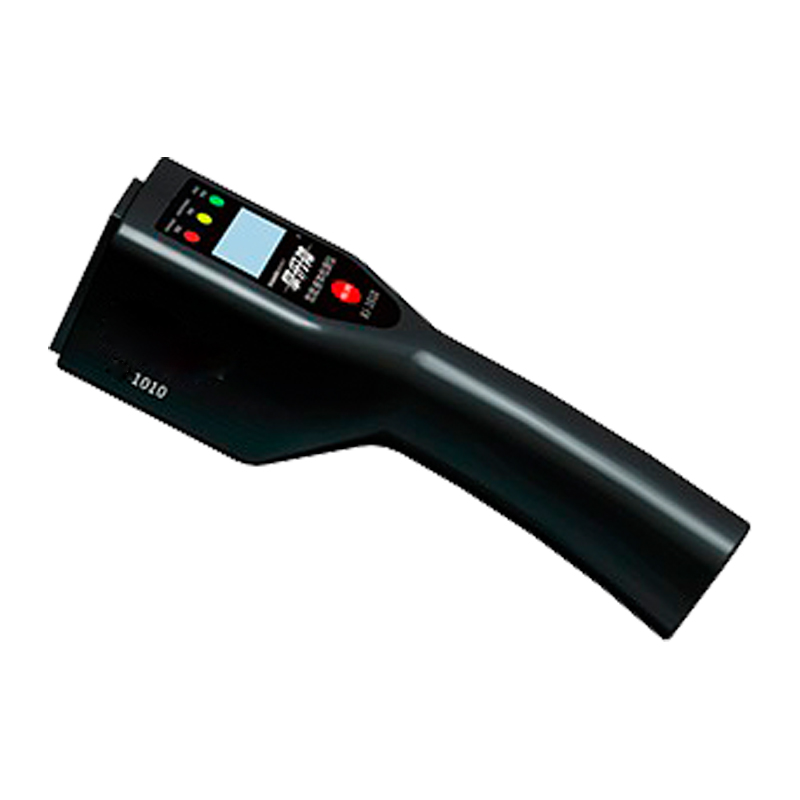Table of Contents
Potential Interference Between Hand-Held Metal Detectors and Pacemakers
Hand-held metal detectors are commonly used in various settings such as airports, schools, and public events to ensure Safety and Security by detecting metal objects on individuals. While these devices are effective in detecting weapons and other prohibited items, there has been concern about the potential interference between hand-held metal detectors and pacemakers.
Pacemakers are small devices implanted in the chest or abdomen to help control abnormal heart rhythms. They work by sending electrical impulses to the heart to regulate its beating. It is crucial for individuals with pacemakers to avoid exposure to certain types of electromagnetic fields that can interfere with the functioning of the device.
One of the concerns regarding hand-held metal detectors is the electromagnetic field they emit during operation. This electromagnetic field has the potential to interfere with the functioning of pacemakers, causing them to malfunction or deliver inappropriate electrical impulses to the heart. This interference can pose serious risks to individuals with pacemakers, including dizziness, fainting, or even cardiac arrest.

Studies have been conducted to assess the potential interference between hand-held metal detectors and pacemakers. While some studies have shown minimal interference, others have reported significant disruptions in pacemaker function when exposed to the electromagnetic field generated by these devices. As a result, regulatory bodies such as the Food and Drug Administration (FDA) have issued guidelines recommending caution when using hand-held metal detectors on individuals with pacemakers.
It is important for individuals with pacemakers to be aware of the potential risks associated with hand-held metal detectors. If you have a pacemaker, it is advisable to inform security personnel about your condition before passing through a metal detector. In some cases, alternative screening methods such as a pat-Down search may be recommended to avoid exposure to the electromagnetic field.
Furthermore, manufacturers of hand-held metal detectors have been working to develop devices that are safe for individuals with pacemakers. These devices are designed to minimize electromagnetic interference and reduce the risk of malfunctioning pacemakers. It is essential for security personnel to use these updated devices to ensure the safety of individuals with pacemakers.
In conclusion, while hand-held metal detectors are effective tools for enhancing security in various settings, there is a potential risk of interference with pacemakers. Individuals with pacemakers should be cautious when passing through metal detectors and inform security personnel about their condition to avoid exposure to electromagnetic fields. Manufacturers of hand-held metal detectors are continuously improving their devices to reduce the risk of interference with pacemakers. By following guidelines and taking necessary precautions, individuals with pacemakers can safely navigate security checkpoints without compromising their health.
Tips for Traveling with a Pacemaker and Going Through Security with Hand-Held Metal Detectors
Traveling with a pacemaker can present some challenges, especially when it comes to going through security checkpoints at airports. One common concern is the use of hand-held metal detectors and their potential impact on pacemakers. In this article, we will discuss some tips for traveling with a pacemaker and navigating security screenings with hand-held metal detectors.
[embedhttps://www.youtube.com/watch?v=Lxbx0b3Jl8g[/embed]
First and foremost, it is important to understand how pacemakers work and how they may be affected by metal detectors. Pacemakers are small devices that are implanted in the chest to help regulate the heart’s rhythm. These devices are typically made of metal and contain sensitive electronic components. While most modern pacemakers are designed to be safe around metal detectors, there is still a small risk of interference.
When going through security checkpoints, it is important to inform the security personnel that you have a pacemaker. This will alert them to the fact that you may need special accommodations during the screening process. In most cases, you will be asked to undergo an alternative screening method, such as a pat-down or a full-body scanner, instead of going through a metal detector.
If you do need to go through a metal detector, there are a few precautions you can take to minimize the risk of interference with your pacemaker. One option is to request a hand search instead of walking through the metal detector. This can help reduce the risk of electromagnetic interference with your device. Additionally, you can ask the security personnel to use a hand-held metal detector wand instead of a walk-through metal detector.
It is also important to be aware of the potential risks associated with hand-held metal detectors and pacemakers. While the risk of interference is low, there have been reported cases of pacemakers malfunctioning when exposed to strong electromagnetic fields. To minimize this risk, it is recommended to keep the hand-held metal detector at least six inches away from your pacemaker while it is being used.
In addition to taking precautions during security screenings, there are some general tips for traveling with a pacemaker. It is a good idea to carry a copy of your pacemaker identification card with you at all times. This card contains important information about your device, including the manufacturer, model number, and serial number. In the event of an emergency, this information can be crucial for medical personnel.
It is also recommended to carry a letter from your doctor stating that you have a pacemaker and any special precautions that need to be taken. This can help expedite the screening process at security checkpoints and ensure that you receive the appropriate accommodations.
In conclusion, traveling with a pacemaker can be challenging, especially when it comes to navigating security screenings with hand-held metal detectors. By informing security personnel of your pacemaker and taking precautions to minimize the risk of interference, you can ensure a smooth and safe travel experience. Remember to carry important documentation, such as your pacemaker identification card and a letter from your doctor, to help facilitate the screening process. With proper planning and communication, you can travel with peace of mind knowing that your pacemaker is safe and secure.

